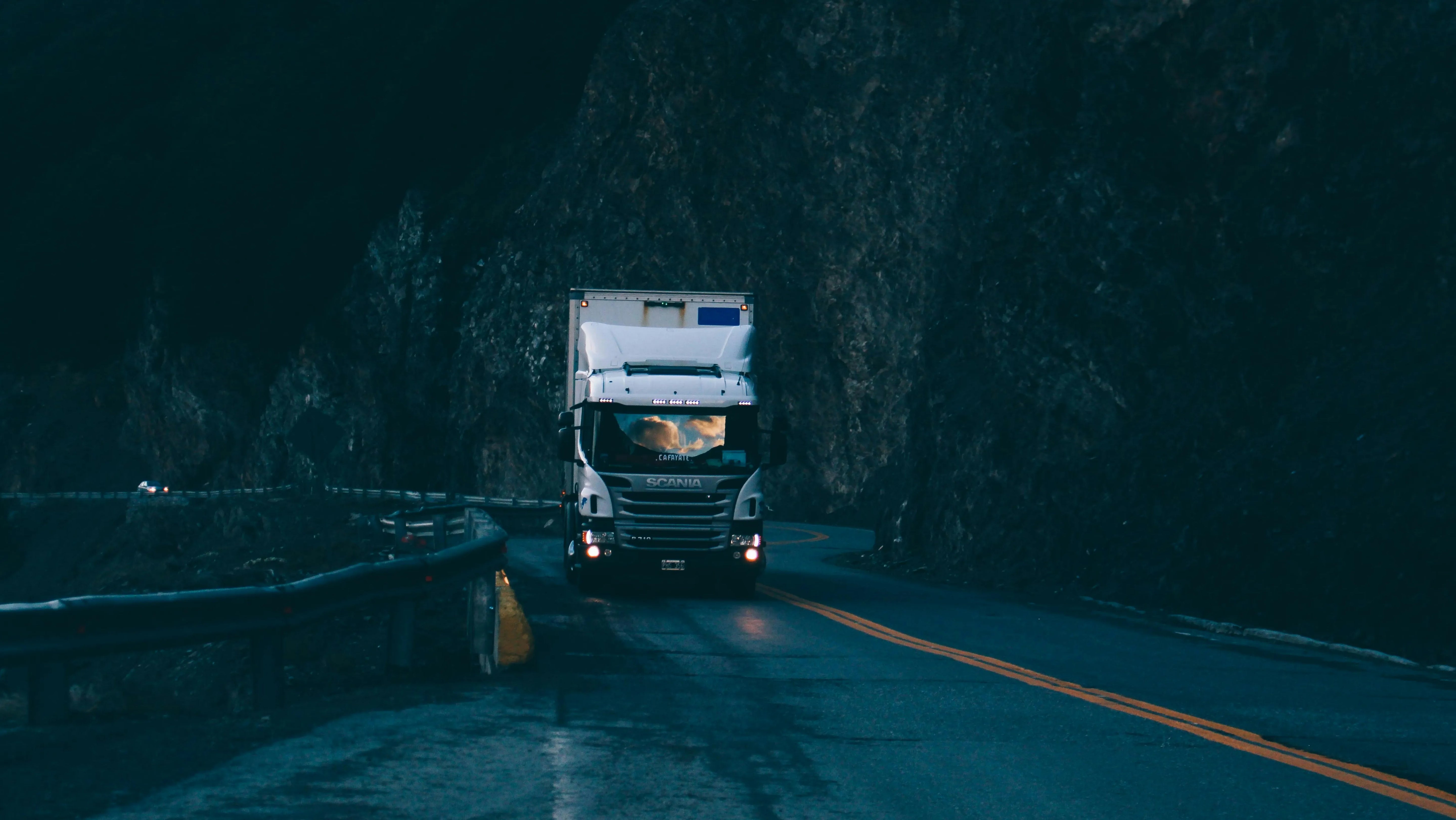많은 사람들이 에스프레소 머신에 집중하는 반면, 당신이 사용하는 근거 마찬가지로 중요합니다. 전문 바리스타와 홈 애호가 모두에게 올바른 커피 찌꺼기를 선택하는 것이 중요합니다. 유형, 분쇄 크기, 그리고 선도 커피의 맛, 향, 그리고 에스프레소의 전반적인 즐거움에 직접적으로 영향을 미칩니다. 첫 모금부터 여운에 남는 뒷맛까지, 에스프레소 경험의 모든 측면은 이 선택에 의해 형성됩니다. 이 가이드에서는 에스프레소 가루에서 찾아야 할 사항을 설명하여 홈 브루 에스프레소를 개선할 수 있도록 합니다.

이상적인 에스프레소 분쇄 커피의 특성
1. 미세 분쇄 크기
이상적인 에스프레소 분쇄 커피는 매우 고운 질감을 가지고 있습니다. 식탁소금과 유사하다. 이 미세한 분쇄는 에스프레소의 짧은 양조 시간 동안 적절한 추출을 가능하게 하기 때문에 중요합니다. 물이 압력을 받으며 이 미세한 분쇄물을 통과할 때 커피의 맛 그리고 유화.그것은 그 중 하나입니다 에스프레소 샷에 가장 중요한 변수.
2. 일관된 입자 크기
분쇄 크기의 균일성도 마찬가지로 중요합니다. 모든 커피 입자는 대략 같은 크기여야 합니다. 이러한 일관성은 모든 찌꺼기에서 균일한 추출을 보장하여 일부 입자가 과도하게 추출되는 것을 방지합니다(괴로움으로 이어지다) 다른 사람들은 추출량이 부족한 반면 (맛이 약해짐). 이러한 농도를 얻으려면 고품질 버 기반 분쇄기가 가장 좋은 도구입니다.
3. 최고 신선도
갓 빻은 커피 최고의 에스프레소를 위해서는 필수적입니다. 커피는 방향족 화합물과 풍미를 잃습니다 갈아낸 직후. 최적의 맛을 위해 양조 직전에 원두를 갈아주세요. 미리 갈아놓은 커피를 사용하는 경우 소량을 구매하여 빛과 열을 피해 밀폐 용기에 보관하세요. 가장 풍부한 맛을 경험하려면 일주일 이내에 사용하세요.
4. 적절한 로스트 레벨
커피콩의 로스트 레벨은 에스프레소의 맛에 상당한 영향을 미칩니다. 진한 로스트는 대담하고 강렬한 풍미를 제공하는 에스프레소의 전통이지만 중간 로스트도 인기가 있습니다. 이는 커피의 내재된 풍미 그리고 로스팅 과정. 덜 일반적이기는 하지만 가벼운 로스트는 더 복잡한 풍미 노트를 가진 독특한 에스프레소를 만들어낼 수 있습니다. 이상적인 로스트 레벨은 다음에 따라 달라집니다. 개인적 선호도 그리고 특정 커피콩 사용된.

에스프레소용 커피콩 종류
아라비카와 로부스타 품종
아라비카 원두는 에스프레소에 널리 선호됩니다. 매끄러운, 복잡한 풍미 그리고 카페인 함량 낮음. 그들은 종종 과일, 초콜릿 또는 견과류의 노트를 특징으로 합니다. 반면 로부스타 콩은 더 강하고 더 쓴맛이 난다 ~와 함께 카페인 함량이 더 높음. 일부 에스프레소 블렌드에는 크레마와 강도를 더하기 위해 로부스타가 포함됩니다. 순수한 아라비카 에스프레소가 일반적이지만 소량의 로부스타를 블렌드에 넣으면 깊이와 풍부함이 더해집니다.그들은 각기 다른 장점을 가지고 있습니다.
단일 원산지 대 블렌드
단일 원산지 에스프레소는 특정 지역이나 농장에서 생산되며, 원산지를 반영하는 독특한 풍미 프로필을 제공합니다. 이는 독특한 맛을 좋아하는 커피 애호가들에게 인기가 있습니다. 그러나 블렌드는 다양한 출처의 원두를 결합하여 균형 잡히고 일관된 풍미를 만듭니다. 대부분의 상업용 에스프레소 블렌드는 단독으로나 우유 기반 음료에 모두 잘 어울리는 조화로운 맛을 목표로 합니다.
인기 있는 에스프레소 원두 원산지
몇몇 지역은 훌륭한 에스프레소 원두를 생산하는 것으로 알려져 있습니다.
- 이탈리아: 아라비카와 로부스타를 섞은 전통적인 다크 로스트 블렌드입니다.
- 브라질: 부드럽고 견과류 같은 풍미와 산도가 낮으며, 에스프레소 블렌드에 주로 사용됩니다.
- 콜롬비아: 카라멜의 단맛이 살짝 가미된 균형 잡힌 원두로 유명합니다.
- 에티오피아: 단일 원산지 에스프레소에 인기 있는 과일과 꽃 향이 특징입니다.
- 인도네시아 공화국: 수마트라나 자바산 원두는 블렌드에 흙 냄새가 나는 풍부하고 깊은 풍미를 더해줍니다.
각 지역은 다음을 제공합니다. 뚜렷한 특징 에스프레소에 더해 다양한 풍미를 경험할 수 있습니다. 다양한 원산지의 원두로 실험하면 선호하는 에스프레소 맛 프로필을 찾는 데 도움이 될 수 있습니다.

분쇄 크기가 에스프레소에 미치는 영향
좋은 에스프레소를 만들려면 커피 가루의 크기가 중요합니다. 더 작은 가루 물이 맛을 더 빨리 추출하도록 하세요. 이 빠른 추출은 에스프레소에 중요한데, 그 이유는 기계가 뜨거운 물을 커피에 빠르게 밀어 넣기 때문입니다. 적절한 분쇄 크기는 이 짧은 시간에 커피에서 최상의 맛을 얻는 데 도움이 됩니다.
추출이 잘못되었을 때
때때로 추출 과정이 계획대로 진행되지 않습니다. 과도한 추출은 다음과 같은 경우에 발생합니다. 근거가 너무 고운데 또는 물 접촉이 너무 길어요. 이로 인해 종종 진하고 시럽처럼 보이는 쓴맛이 나는 거친 에스프레소가 생성되어 불쾌한 뒷맛이 남습니다. 반면에, 과소 추출은 커피 가루가 너무 거칠거나 물이 너무 빨리 통과할 때 발생합니다. 이로 인해 창백하고 묽어 보이는 약하고 신맛이 나는 에스프레소가 생성됩니다. 적절한 크레마가 부족함.
다양한 기계에 대한 그라인드 조정 방법
다른 에스프레소 머신 다른 분쇄가 필요합니다. 일반 가정용 기계는 소금과 같은 매우 고운 분쇄에 잘 맞습니다. 레버가 있는 기계는 약간 더 큰 분쇄가 필요합니다. 모든 것을 하는 자동 기계는 걸림이 발생하지 않도록 중간-고운 분쇄가 필요합니다. 특수 필터가 있는 일부 기계는 약간 더 큰 분쇄를 사용할 수 있습니다.
작은 경우, 휴대용 에스프레소 메이커 그라인더 없이는 에스프레소용으로 이미 분쇄된 커피를 사는 것이 가장 좋습니다. 머신에 잘 맞는 것을 찾으려면 몇 가지 브랜드를 시도해야 할 수도 있습니다.

에스프레소를 위한 미리 갈은 커피와 갓 갈은 커피
미리 갈은 커피와 갓 갈은 커피 중 무엇을 선택하는지는 에스프레소 경험에 상당한 영향을 미칠 수 있습니다.
미리 갈은 커피
장점:
미리 갈은 커피는 사용하기 쉽습니다. 직접 갈 필요가 없으므로 시간이 절약됩니다. 또한 큰 기계는 고르게 갈기 때문에 매우 일관적입니다. 좋은 그라인더 집에서 미리 분쇄한 커피를 사용하면 더 나은 결과를 얻을 수 있습니다.
단점:
미리 갈은 커피의 가장 큰 문제점은 맛이 빨리 떨어진다는 것입니다. 커피가 갈리면 맛이 없어지기 시작합니다. 맛과 향을 잃어버리다. 즉, 에스프레소의 맛이 신선하지 않을 수 있습니다. 또한, 다른 기계나 취향에 맞게 분쇄물의 크기를 변경할 수 없습니다.
갓 빻은 커피
장점:
갓 갈은 커피는 맛과 향이 더 좋습니다. 사용하기 직전에 커피를 갈면 모든 풍미가 유지됩니다. 또한 커피 머신에 맞게 또는 에스프레소 맛을 원하는 대로 커피를 얼마나 곱게 갈지 변경할 수도 있습니다.
단점:
갓 갈은 커피를 만들려면 좋은 그라인더가 필요한데, 이는 비쌀 수 있습니다. 또한 커피를 준비하는 데 더 많은 시간이 걸립니다.매번 적절한 분쇄 크기를 얻는 것은 까다로울 수 있습니다. 특히 이런 일을 처음 하는 사람이라면 더욱 그렇습니다.
커피를 올바르게 보관하는 방법
어떤 종류의 커피를 선택하든 올바르게 보관하는 것이 중요합니다.
미리 분쇄된 커피의 경우:
- 밀폐용기에 보관하세요
- 빛과 열을 피해 보관하세요
- 개봉 후 1~2주 이내에 사용하시기 바랍니다.
전체 커피콩의 경우:
- 빛이 들어오지 않는 밀폐 용기를 사용하세요.
- 직사광선을 피해서 실온보관하세요.
- 볶은 날짜로부터 2~4주 이내에 사용하시기 바랍니다.
커피를 냉장고나 냉동고에 보관하지 마세요. 변화하는 온도는 축축하게 만들어라 그리고 맛에 영향을 미치다그런데 커피콩을 보관하는 것만이 중요한 것이 아니라 커피 머신을 보관하는 것도 중요합니다.
당신에게 딱 맞는 에스프레소 커피를 찾아보세요!
가장 좋아하는 에스프레소를 찾으려면 다양한 종류의 커피를 시도해 보세요. 라이트, 미디엄, 다크 로스트를 테스트해 보세요. 다양한 국가의 커피를 시도해 보세요. 블렌드나 한 곳의 커피를 선호하는지 살펴보세요. 어떤 맛을 좋아하는지 생각해 보세요. 과일 맛, 견과류 맛, 초콜릿 맛을 좋아하시나요?
진한 커피나 부드러운 커피를 선호하는지 확인하세요. 평소에 우유를 더한다면 진한 로스트를 더 좋아할 수 있습니다. 커피숍에서 도움을 요청하는 것을 부끄러워하지 마세요. 그들은 종종 다양한 커피를 맛보게 합니다. 시간을 내어 새로운 것을 시도하는 것을 즐기세요. 시간이 지나면서 좋아하는 것이 바뀔 수 있으니 계속 탐험하세요.




댓글을 남겨주세요
이 사이트는 hCaptcha에 의해 보호되며, hCaptcha의 개인 정보 보호 정책 과 서비스 약관 이 적용됩니다.